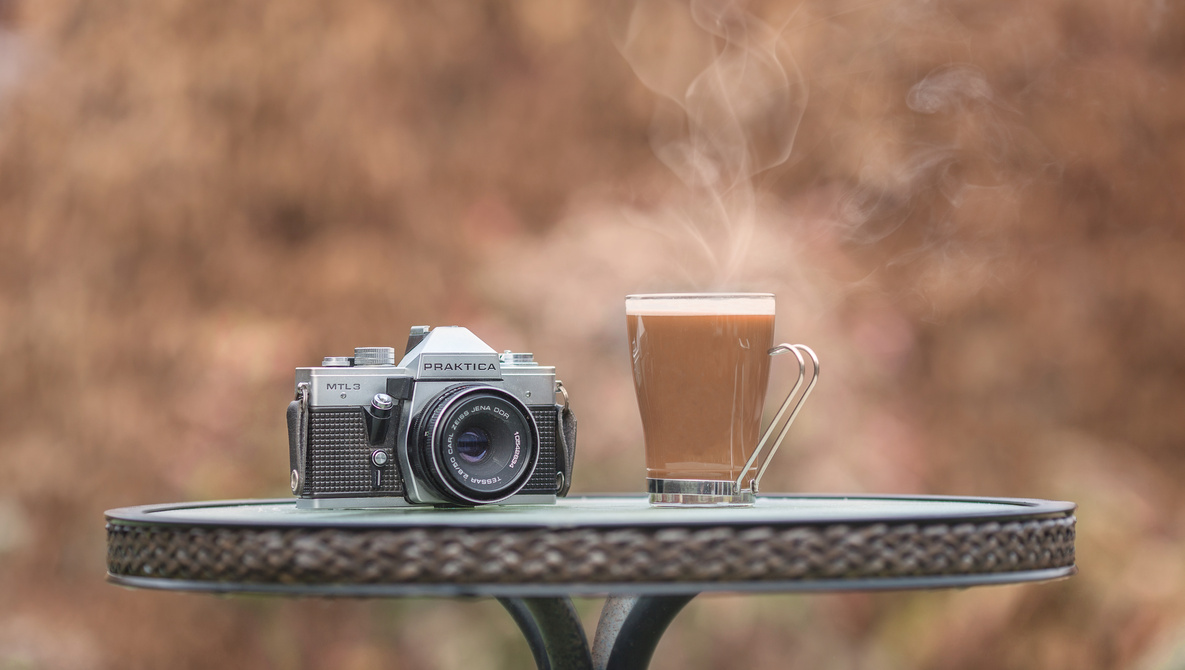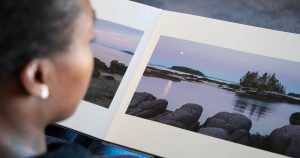
What lured you into photography? Was it a specific genre? Was it a person? Whatever the case, I want to lay out the benefits of being as open and experimental as possible when you are new to the craft.
It feels as if every photographer has their own unique path that led them to their first camera and the all-consuming passion that is photography. I’d always had a vague interest in taking pictures, and I used to commandeer the family disposable cameras until chunky, digital point-and-shoots were occupying a drawer in every house, then I used those. Nevertheless, nobody ever pushed me to try photography properly, and I never sought the knowledge or training.
Then — and this is the third time I’ve written this on Fstoppers, so I’m going to skip large parts — I found a subsection of the car forum I was on every day that was dedicated to photography. It was stuffed full of incredible photographers, from automotive (obviously) to internationally awarded landscape photographers. Quite unexpectedly, what caught my attention was a thread on macro photography. There were two different photographers who had Canon TS-E macro lenses that were paired with Canon MT-26EX-RT Macro Twin Lites, which if you’re unfamiliar with macro, was (and is) the Rolls Royce pairing for insect-bothering.
My obsession grew, and eventually, I found the cheapest path into macro photography I could: a (heavily) used Canon 350D, the 18-55mm kit lens it originally came with, and a macro filter from eBay. I only have one surviving shot from that setup, and apart from the image quality, I still rather like it:
My initial interest in becoming a photographer was simply to take pictures of insects. Nevertheless, when you find yourself with some new technology (to you) in your hands, it’s hard not to grow curious. Before long, I was taking awful portraits of my girlfriend, horribly exposed landscapes, and even product shots of watches I owned. I wanted to try anything and everything, from genres to techniques, and I did. In fact, I can honestly say there wasn’t much I didn’t try my hand at in the first few years. Some of those, such as portraits and product shots of watches, became so important to me that they would end up steering me away from my intended life in academia and to photography as a career instead. Had I not been experimental, I would have missed out on many things, but more than that, I would have been worse off as a photographer too. So, here are five ways experimenting as a new photographer is valuable.
Discover Your Passion
I believed my passion to be taking macro photographs of insects, as bizarre as that is. It was what got me through the door, and I still love it over a decade later. You might argue that I actually just loved macro photography, but there was a passion for another genre that, when I started photography, I had no interest in: portraiture.
I went from being uninterested in portraiture, to starting a website dedicated to it (that eventually led me to write for Fstoppers), and running a Pinterest board about it that peaked at 100,000 views per month. Since then, portraiture has been a central part of my photography as a passion and as a business. Had I not tried other genres, I would have missed out on finding a part of the craft I truly love.
Transferrable Skills
A wildly underappreciated benefit of trying different genres as a beginner is the amount of overlap in skill sets between genres. That is, macro photography can teach you a lot about strobe lighting that can be transferred to portraiture, for example. Or, motorsport photography can teach you a lot about shutter speeds and settings you would use for wildlife photography. Or, light painting can teach you a lot about long exposures for astrophotography, and so on.

You would be hard-pushed to find a genre that doesn’t overlap with any other genres, and so while you learn one, you may be improving several others.
Expanding Perspectives
There is more conceptual benefit to experimenting with lots of genres as a new photographer: expanding your perspectives. What I mean by that is when you learn different genres, some of the foundations start to influence how you see other genres too. For example, if you were initially drawn to taking landscapes, perhaps your eye for wildlife photography will be informed by your experience and interest in the former. Where some wildlife photographers might whip out the 600mm howitzer to shoot a moose completely separated from its background, you opt to incorporate it into the surroundings. There are many times when some knowledge from one area can be applied to another for interesting results.
Versatility
This section is really the convergence of the two before it, as the transferrable skills and expanded perspectives make for a far more versatile photographer. Now, this can be taken in two ways: either, you can perform high-quality photography of lots of different genres and perhaps secure work for wildly differing assignments. Or — and this is how I believe it is the most valuable — you are able to drill down in your own genre and work in ways that others wouldn’t think to. In professional photography in particular, you are regularly thrown into difficult and unexpected situations, and you need to be able to think on your feet to resolve it. I credit most of my versatility to my curiosity as a photographer.

Conclusion
If you are lucky enough to have seen the enjoyment in photography, take the time to explore its profound depth. As someone who loves the craft, I have put hundreds of hours into many genres I do not pursue professionally just for the enjoyment of it. Thankfully, in turn, I grow as a photographer in unexpected ways from doing so, and this was particularly true when I first started. From praying mantises to portraits, and photojournalism to Polaroid, I’ve explored the craft, turning it on all sides, and it’s a valuable task.
To the photographers who haven’t just started, how often do you stray from your “main” genre? Have you seen the benefits of doing so? Share your experiences in the comments below.



